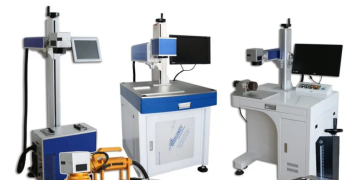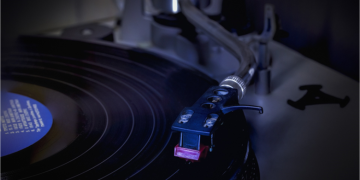We almost all drive cars. It is also a favorite mode of transport for many. But driving also has risks. Because many car accidents happen every year. Fortunately, often only with damage to the body, but a car collision can also lead to injury. For example, whiplash complaints (Dutch: whiplash symptomen) due to a pile-up collision.
The question now is who is liable for whiplash complaints after a pile-up collision, but also what to do after a pile-up (Dutch: kettingbotsing) with injury and which damage items are compensated.
What is a pileup?
A rear-end collision could be a pile-up or a rear-end collision. In both cases you will be hit from behind by another motor vehicle. But what is the difference between a rear-end collision and a pile-up collision?
The difference between the two lies in the number of cars involved in the collision. In the case of a rear-end collision, there are always 2 cars involved. This rear-end collision often occurs in urban collisions. For example, if you stop at a traffic light and someone drives behind because this person is busy with his phone. Or if someone doesn’t see that you stop at a zebra crossing to let a pedestrian cross.
You often see a pile-up on the highway or the ring road. These collisions are often the case of not seeing or misjudging a traffic jam. Several vehicles are already stationary and because the rear vehicle collides with the last car in the traffic jam, it hits its predecessor again. This creates a “chain” of cars linked together.
What is a whiplash?
One of the most common injuries as a result of a pile-up collision is whiplash. But what exactly is whiplash and which complaints are associated with it?
We speak of whiplash when the head and neck make a hard movement forwards as a result of an impact of force and are then thrown backwards again. This rapid movement puts a lot of pressure on the neck, which leads to neck and head injuries. This movement resembles that of a whip being tossed back and forth. Hence the name whiplash.
Whiplash symptoms
Whiplash can have various symptoms. The most well-known whiplash complaints are neck complaints and headaches. These complaints are actually always associated with a whiplash. Other common complaints with whiplash are shoulder complaints, low back pain, concentration problems and memory problems.
The treatment of whiplash complaints usually consists of a physiotherapy. Most whiplash complaints disappear within a few months. If the complaints persist, then the involvement of a neurologist or rehabilitation doctor may be considered. He or she can order additional tests and propose treatment.
Unfortunately, some personal injury victims continue to have complaints. This is then referred to as chronic whiplash. This can lead to permanent damage to health and injury. In those cases, it is possible to claim compensation from the liable party.
Claiming injuries after whiplash
Is there whiplash and is someone else to blame for the accident? Then you are entitled to personal injury compensation. But claiming personal injury is not easy. That is why people often hire a personal injury lawyer. This holds the counterparty liable, arranges an advance on the damage and ensures a maximum final payment of the compensation





























































